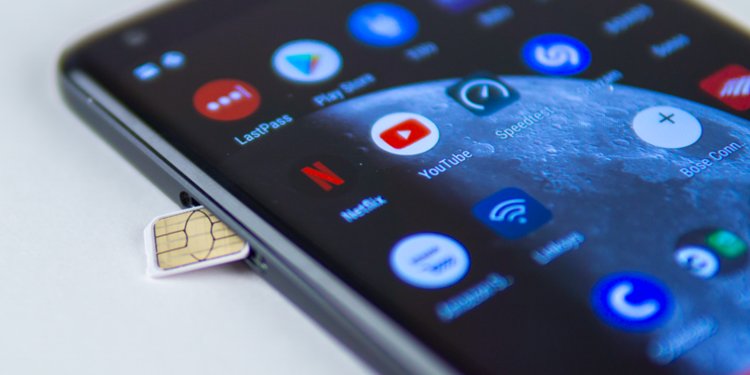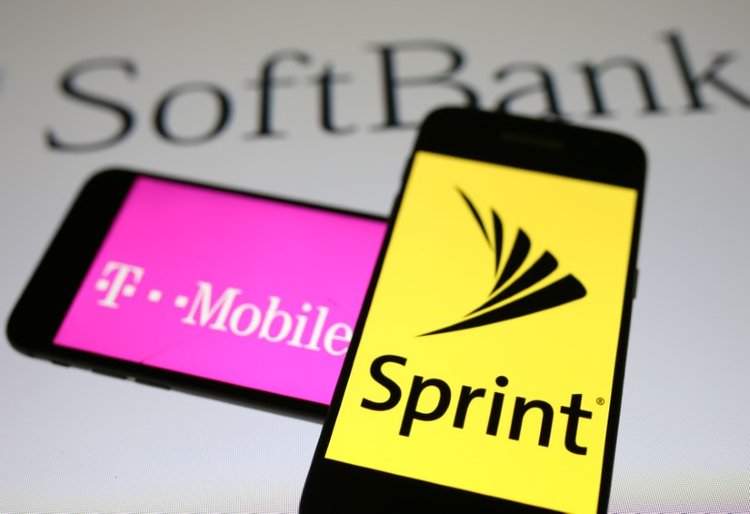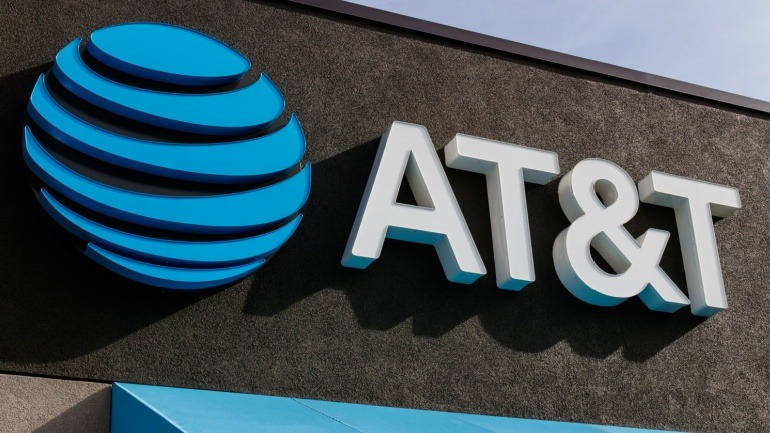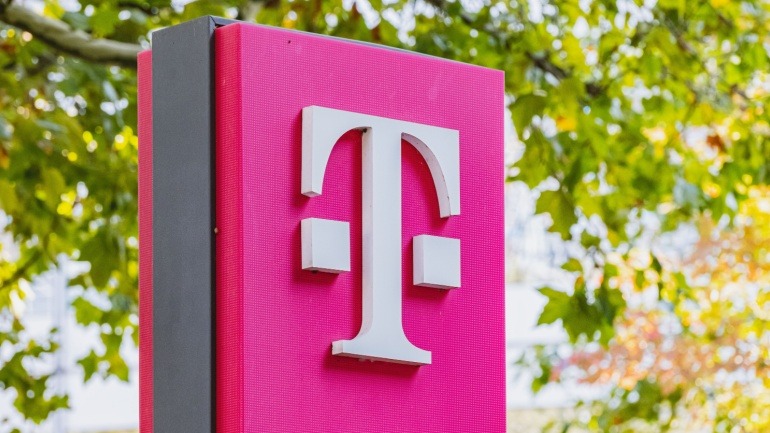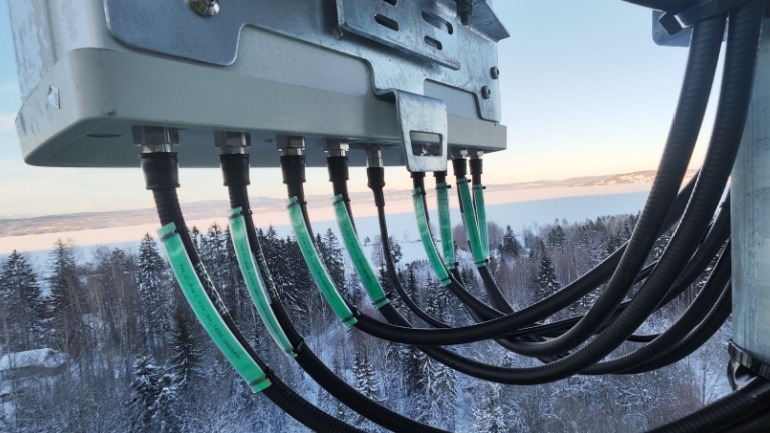T-Mobile, the third-largest carrier in the United States, that has recently completed a $26 billion merger with Sprint, announced that it had experienced a second data breach in December, 2020. The security breach may have revealed call-related information and phone numbers of some of its customers. According to the company, it recently discovered illegal access to some customer account information, including data that T-Mobile collects on its customers when considering the provision of mobile services. However, the company reported that the information affected by the violation did not include the customer’s account names, physical or email addresses, financial data, credit card information, social security numbers, tax IDs, passwords or PINs. The information accessed by hackers is known as Customer Proprietary Network Information (CPNI). This data can include call records, such as when the call was made, how long it lasted, the caller’s phone number and destination phone numbers,…
As 5G technology continues to mature, leading global wireless carriers are competing to be the first to advance from the non-standalone (NSA) mode of 5G, in which a 4G LTE core is combined with 5G capabilities, to a standalone architecture (SA) 5G network. T-Mobile US, one of the largest carriers providing wireless voice, messaging and data services in the United States, has announced the launch of its SA 5G network. The operator claims to be the first in the world with nationwide coverage using this next-generation wireless technology. In a news release, T-Mobile said that the launch expands its 5G coverage by 30 percent and will cover nearly 250 million people in more than 7,500 cities and towns throughout the US. With faster speeds, lower latency and huge connectivity capabilities, SA 5G signifies the launch of a 5G core network, ending the reliance on legacy LTE architecture. T-Mobile said SA…
New Jersey, US-based Synchronoss Technologies has announced that it is working with a new joint venture formed by the four largest mobile operators in the United States – AT&T, Sprint, T-Mobile and Verizon – to speed up the delivery of an advanced mobile messaging service to consumers and businesses in all four mobile networks. The US tech giants have recently launched Cross Carrier Messaging Initiative (CCMI) and will cooperate with cloud, messaging, digital and IoT product specialist Synchronoss to offer a compatible Rich Communications Services (RCS) application to Android devices in 2020. This platform, based on the RCS standard that was developed together with technology partner WIT Software, can create a messaging ecosystem that allows consumer brands to attain a new level of engagement. The solution can also help meet the growing demand for content rich, personalized interactions through messaging communications, Synchronoss said in a press release. The company…
After months of battle and negotiations, the third and fourth largest wireless carriers in the U.S.A. finally agreed on a merger. The fusion between the two companies is one of massive proportions in terms of capital and clients, as it will be a $26 billions all-stock deal and will concern 127 millions customers. The main goal of this deal is to give birth to a strong opponent to AT&T and Verizon. Actually, the announcement might be due to T-Mobile’s fail to acquire a company called Straight Path a year ago, that focuses on providing technology, in the 28 GHz z to 39 GHz millimetre wave spectrum. Verizon, who won the bid gets an advantage in the 5G market. In order to be competitive in this new 5G technology the merger became necessary. T-Mobile and Sprint tried to merge 7 years ago, in a much different environment and the failed, as…
Sprint and T-Mobile, two important mobile operators in America, have resumed discussions on a merger of their activities in the United States. In the world of telecoms, it seems that there are some things that never end. In the US, the prospect of a marriage between the mobile operators, T-Mobile and Sprint, regularly makes headlines. According to the Wall Street Journal, discussions have recently resumed between these two players, respectively number three and four of the market, behind the unstoppable tandem formed by the giants Verizon and AT&T. According to the business daily quoting sources familiar with the matter, the negotiations are “at a preliminary stage”. With all the failures of mergers that they faced in the past, we understand that the two boards are cautious … As a reminder, the two actors had once again attempted to join forces late last year. But they failed to reach an agreement, ending their…
AT&T’s strategic focus on fixed broadband is reshaping their approach to customer retention, as emphasized by CEO John Stankey at the UBS Global Media & Communications Conference. With growing competition from Verizon and T-Mobile, AT&T aims to harness fiber’s potential for converged services and target underserved demographics, ensuring a competitive edge.
Deutsche Telekom remains optimistic about achieving its goals despite the 2025 challenges. Their strategic focus on T-Mobile US’s strength and a German market overhaul showcase resilience. As artificial intelligence gains traction, it emerges as a key growth driver. CEO Tim Höttges highlights the importance of robust cash flow and competitive pricing strategies.
The radio access network market is stabilizing, offering a promising outlook after past downturns. While the RAN growth remains steady, the mobile core network shows impressive gains, especially with 5G developments. Companies like Ericsson and Nokia are key players, advancing telecom infrastructure with innovative VoIP solutions, paving the way for future growth.
As the telecom industry gears up for 2025, security investments take center stage, driven by rising cybersecurity threats like DDoS and malware. This trend is crucial for VoIP providers focused on protecting data privacy and ensuring robust communication systems. Despite significant investment pressures, prioritizing security alongside 5G advancements remains a top strategy.
Cellhub has introduced the VOSIO™ x62 5G Dongle, promising a new era in mobile connectivity with enhanced security. Ideal for industries like healthcare and finance, this device offers peak speeds of 2.5Gbps without relying on Wi-Fi. Channel partners can capitalize by adding this innovative solution to their portfolios.






